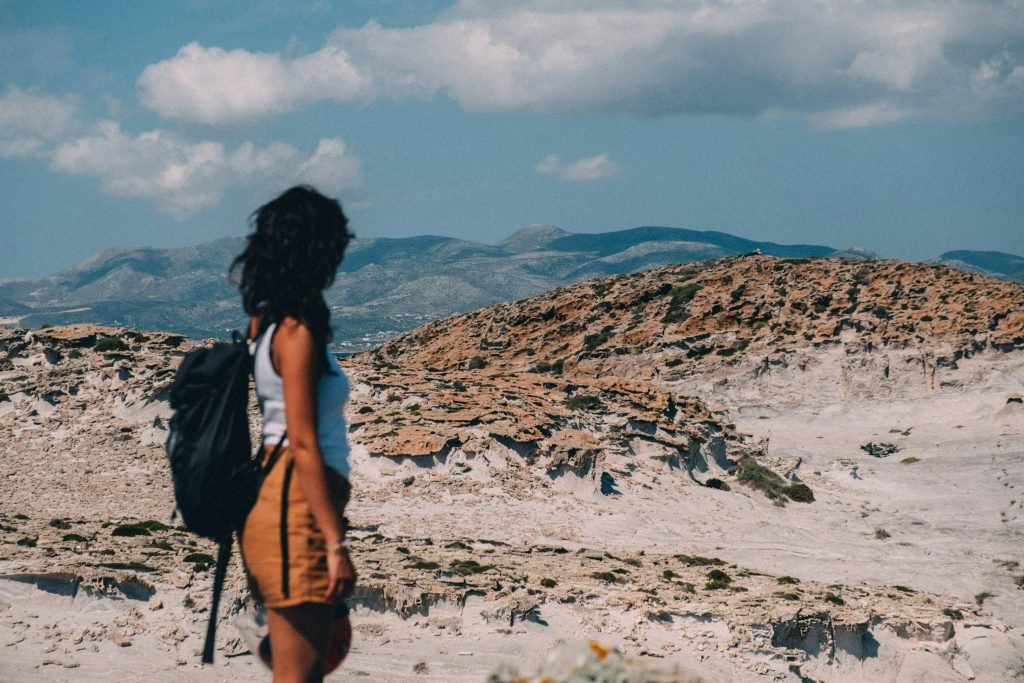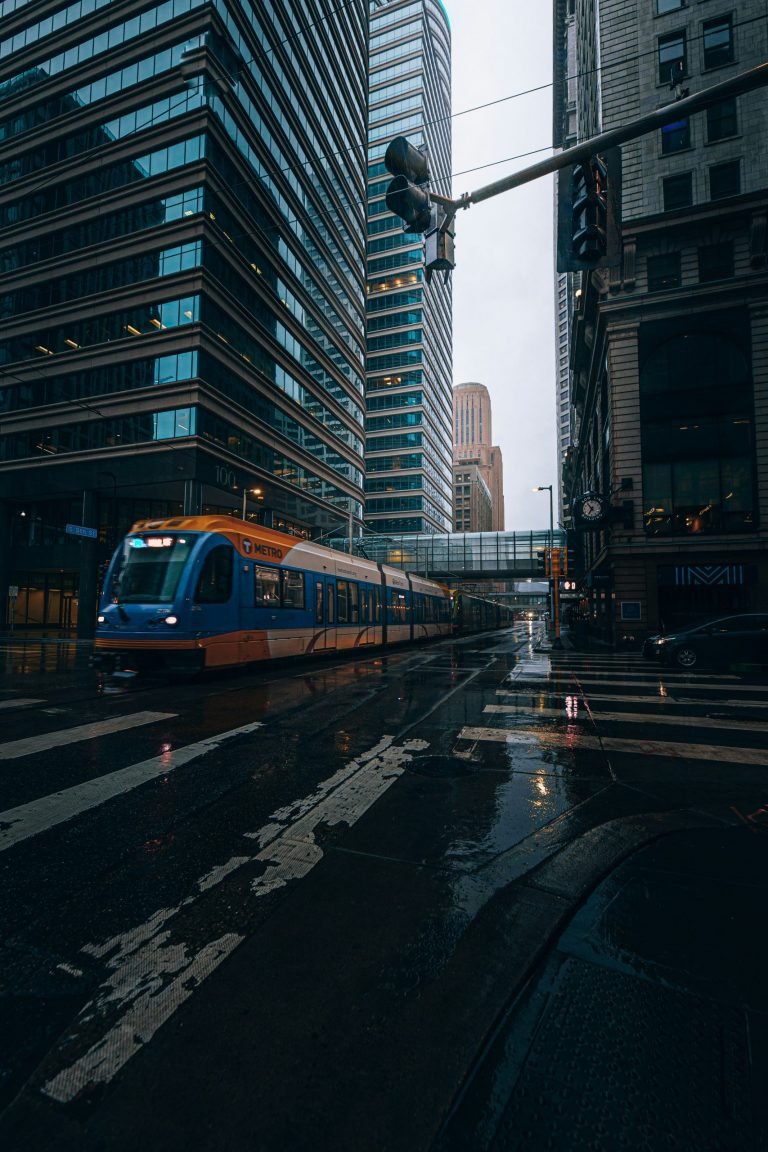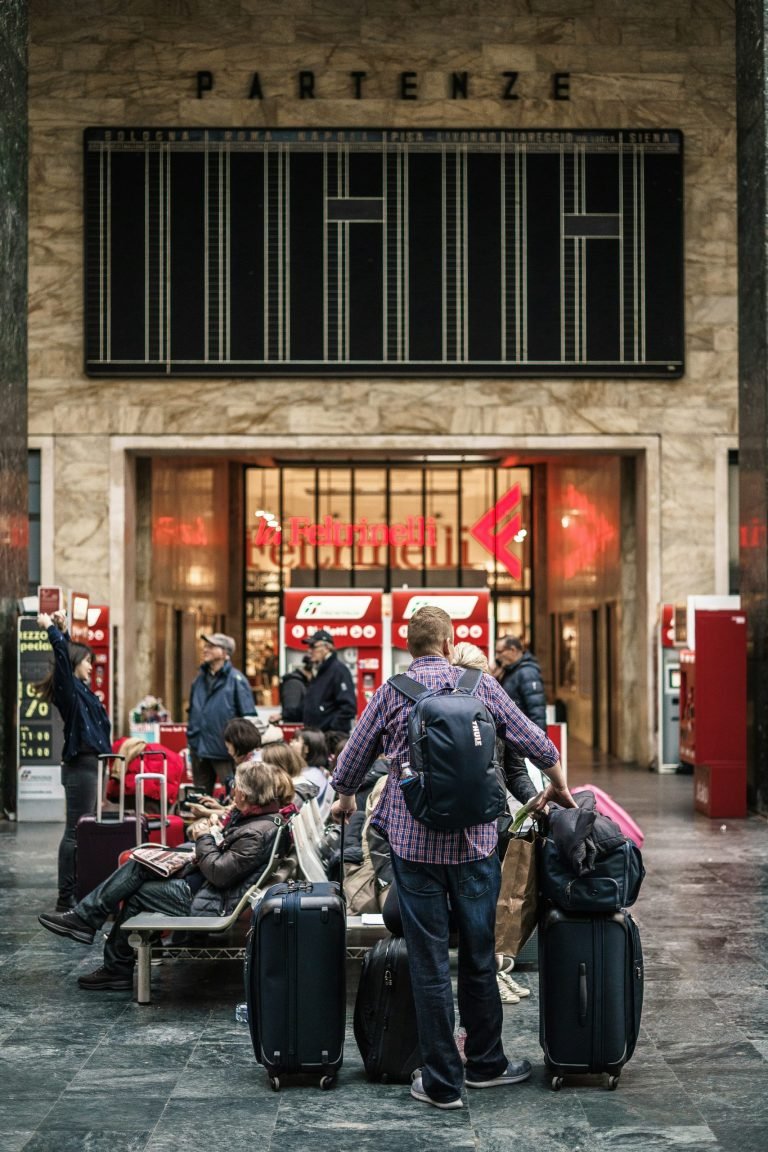06 May Solo Travel safety: Tips and Health Guidelines

You can never be too cautious when it comes to the matter of your wellbeing.
Solo Travel Safety Tips before you embark on your trip
Safety begins before you leave
Research wide and well
Understanding your destination before embarking on your trip is vital to your safety and overall well being during your stay. Make thorough research about the uniqueness of your destination, the present political atmosphere, security details about the geographical space, if there is a necessary vaccine to take, details about the currency and almost all information you can lay your hands upon as it pertains to your destination. Research is important as it arms you with knowledge. Knowledge protects you from the danger of misinformation, unsavory individuals, and naively wandering into an unsafe area, it guides against you being taken advantage of.
Consider Travel Insurance
The more you prepare for potential challenges, the more favorably positioned you will be to savor your solo adventures.
There are quite a lot of instances that could affect your travel plans such as last-minute cancellations, illness, natural disasters, lost luggage and so much more all that can be covered with Travel insurance.
The peace and security offered by a reliable insurance policy is invaluable as it is better to be safe than sorry.
Know how you will get to your first accommodation
Your arrival in any new country, especially one where you do not speak the language or know the local transit system, is important. Map out how you will get from the airport to your hotel or hostel as this would save you from a lot of stress.
Schedule your arrival during daylight
The first stop for most travelers in a new destination is their hotel or hostel. It is advisable you arrive in the mid-afternoon so that you can really see what kind of area you are staying in.
A safe area will always look better in daylight. An unsafe area is more obviously so in daylight. But there are more practical reasons to arrive during daylight. You will be able to find your accommodation more easily and if you do not like it, you will have time to make other arrangements.
Have multiple copies of your documents.
Always have your original documents with you as you travel as this saves you from unnecessary stress and hassle.
Make sure you also have scanned copies of your documents on your smartphone. You can also carry about multiple photocopies of these documents just in case and to be on the safe side.
Carry a TRAVEL SAFETY GEAR
An extra place to stash cash. You can also consider a money belt or a neck stash.
Pickpocket-proof clothing, Pants and jackets with extra, hidden pockets offer additional places to keep cash. Water purifier, First aid kit including: hand sanitizer in travel-sized bottles, face masks, Basic Band-Aids or bandages, First Aid Antiseptic/Pain Relieving Spray is a compact antibiotic spray. It’s perfect for travel emergency number
Solo Travel Safety Tips for While in transit

Trust your intuition
Your instincts are your best and most loyal ally while in transit. Be alert at all times.
Stay alert Stay sober
While it’s wonderful to sink into a destination, basking in its culture, it is also important to stay safe. Being alert and sober is key to exercising good judgment, both of which are vital to your safety.
Keep your belongings close
Hold your wallet, camera, and phone close to you. Never keep your wallet in your back pocket. Keep the number of things you’re most concerned about to a minimum.
For me, it is my wallet, phone, and passport. Having just three things makes them easy to carry and keep track of.
Securing your belongings is crucial while on the road. Invest in anti-theft accessories, keep your bag zipped and close to you, and be wary of pickpockets in crowded places. By keeping a close eye on your possessions, you reduce the risk of losing valuables and enhance your overall safety.
Travel light
Don’t carry more than you need. If you have a card that does not charge you for taking funds from international ATMs, it is best to take out small amounts frequently rather than carrying large amounts of cash.
The exceptions are when ATMs are hard to find or you will need more money than normal for a particular reason.
Don’t Wear Earbuds or Headphones
You need to use all of your senses to stay safe when you travel. Being distracted by music, and not being able to hear while you are walking around, should be done with caution.
The last thing you want to do is to be overly distracted when you are walking around or in a crowded subway and not paying attention to what is going on around you.
Solo Travel Safety Tips for when you’ve arrived your destination

Walk with confidence
You do not want to give off the assumption that you are lost or have no idea where you are or what you are doing. Your posture, gait and composure is needed to give you the exact vote of confidence you need.
Carry the business card of your hotel or hostel
Getting back to your hotel or lodge is pretty important but it can be a challenge if you’re in a country where you do not speak the language or the presence of other barriers. When you check in, get a business card from the hotel or lodge and carry it around with you. It will come in handy.
Take Caution with Attire
What you will wear when you are traveling is a consideration for safety. It is appropriate to honor local customs and identify with the indigenous people.
For example, when visiting regions where ladies cover their heads, it would be appropriate to do so as not doing so might put your safety at risk. It is also advisable to wear comfortable clothing and shoes that would ease your movement and not impede it.
Be Aware of Your Surroundings
Scan through your surroundings and take note of landmarks, activities ongoing, the custom and behavior of the locals. This would inform the choices you make while on your solo vacation.
Limit walking at night
Limiting night time walks during solo travel is vital for several reasons. Reduced visibility in the dark can make navigation challenging, increasing the risk of accidents.
Walking alone at night also increases your vulnerability to potential risks, as criminal activities are often opportunistic.
Safety concerns may arise in areas that are secure during the day but become riskier after dark.
Opting for reliable transportation during the night improves safety and reduces dependence on extensive walking.
Additionally, being mindful of social and cultural dynamics that may change at night contributes to a respectful and secure solo travel experience.
Prioritizing personal well-being involves recognizing the challenges of navigating unfamiliar areas in the dark, ultimately ensuring a safer and more enjoyable journey.
Conclusion
Danger may not always show up in the way you expect it to and staying safe during a solo travel is solely your responsibility. Stay Safe.





